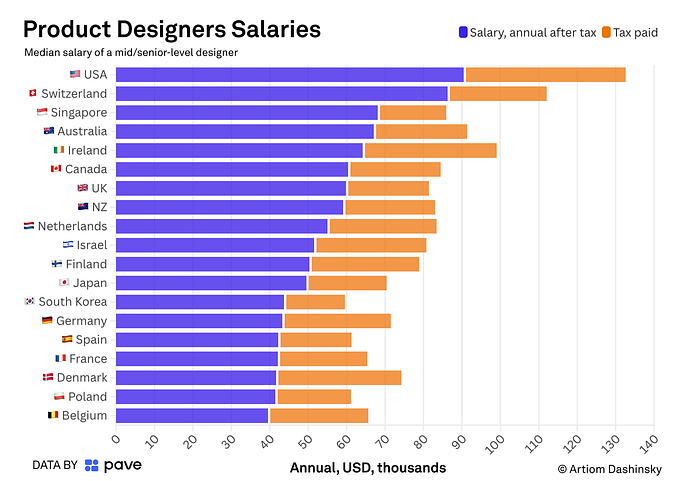Member-only story
IN-DEPTH ANALYSIS
How Amazon Uses Dark Patterns to Manipulate User Behavior
Amazon is one of the world’s largest and most popular online retailers, with a user base of over 200 million people worldwide. As a company that relies heavily on e-commerce and online shopping, Amazon has long been known for its user-friendly interface and efficient shopping experience. However, behind the slick design and seamless user experience, there’s a darker side to Amazon’s online shopping experience. The company is notorious for using “dark patterns,” manipulative design techniques that coerce and deceive users. Amazon’s use of dark patterns is not new, but it has received increased attention from researchers and users in recent years. In this article, we will explore some situations when Amazon’s user experience design may not always be in the best interest of its users.

These are some of the most common dark patterns employed by Amazon:
- Forced continuity
- Misdirection
- Use of “nudges”
- Social proof
- Scarcity
- Reciprocity
- Hidden cost
- Bait-and-switch
- Decoy
- Pricing strategy
- Forced opt-in










